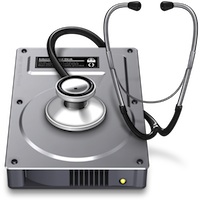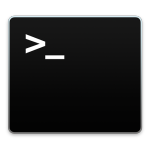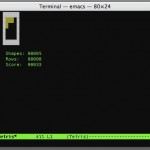Set IP Address from the Mac Command Line
The quickest way to set your IP address from the command line is to use the versatile and powerful ipconfig utility, which is bundled directly with Mac OS X. We’ll show you how to set an IP address with ipconfig by retrieving one from a DHCP server, and also demonstrate how to set a specific … Read More









